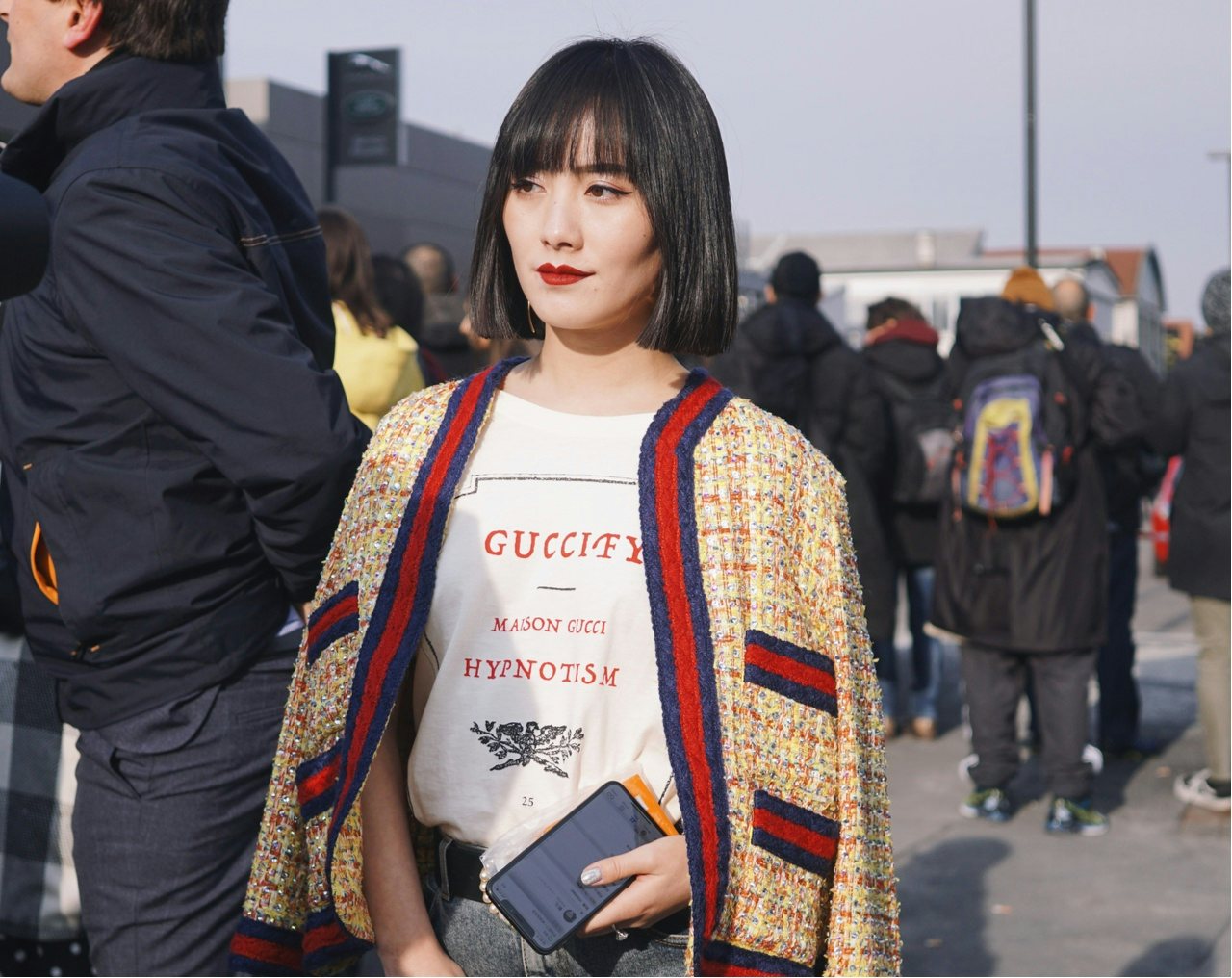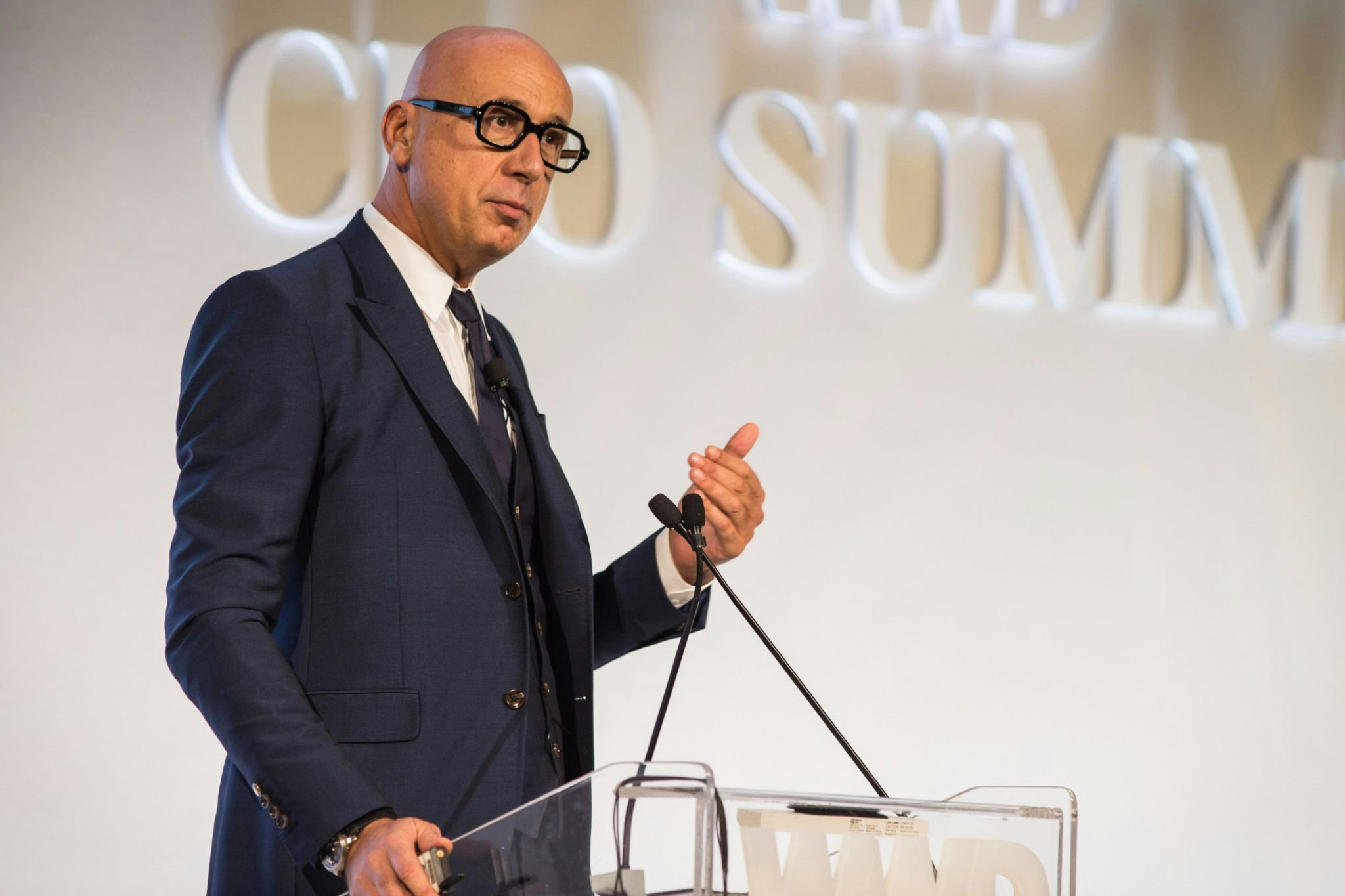At a recent event, Gucci CEO, Marco Bizzarri, spoke about his brand’s success with young consumers. Their numbers are remarkable: 62 percent of Gucci’s eight billion in sales last year came from consumers who were 35 and under (Millennials), and the brand’s fastest-growing segment is consumers 24 and under (Generation Z).
In the approximately four years since he joined Gucci, Bizzarri tripled the brand’s revenue and has made critical strategic decisions — like appointing Alessandro Michele as his creative director — while also giving the brand a more contemporary and category-breaking attitude. With its strong appeal to the world’s youngest luxury consumers, Gucci is on track to become the largest luxury fashion brand in the world if its growth trajectory continues at its current pace.
One of the key enablers of their success has been investments in technology, as seen in their ArtLab: a futuristic factory where artistic experimentation is blended with 21st-century production processes. As a result, the brand can transform ideas and concepts into products at a higher speed than many of their competitors, meeting the Gen-Z demand for quick and unique product drops while enabling creatives to implement their ideas much faster than ever before.
Bizzarri also smartly enlisted a “shadow committee” comprised of Gen-Z and Millennial members from around the world to meet with technology experts and discover new ideas and approaches. “These [young] people often know much more about certain things than you do,” says Bizzarri on the importance of involving younger consumers in the development process. But what exactly can other brands learn from Gucci’s uncommon methods?
Accelerated market speeds#
We are living in one of the most exciting times for innovative luxury brands. Technological change and market disruption are both happening at a faster rate than ever before, and because information travels faster, consumers are better informed than ever. Therefore, the youngest consumers come equipped with the highest expectation’s brands have ever seen — a dramatic paradigm shift from just a decade ago.
Given this, permanent adaptation and reinvention are absolutely necessary now because consumers are less patient now. Thereby, technology becomes an enabler that optimizes processes, responds faster, and ultimately provides better and faster service. When consumers look for instant gratification, brands need to build preconditions so they can deliver against those expectations.
Brand equity and brand storytelling#
Building up a strong brand story was one of the cornerstones of Gucci’s success, and with Bizzarri’s arrival, Gucci refocused sharply on creating brand equity. A brand’s storytelling is one of the critical drivers of extreme value creation — a concept the best and most relevant luxury brands have mastered. In the years between Tom Ford’s departure and Bizzarri’s arrival, Gucci’s positioning in the market became too vague and undifferentiated. This has changed. Now there’s a very distinct and consistent brand attitude expressed through artistic mastery, advertising, and in-store experiences. This helps create a cohesive brand message for customers all over the world, but especially among Chinese customers, who are much more brand-obsessed than customers from other regions. And the brand personality Gucci has created feels relevant to them.
Many brands focus too much on the product and underestimate the importance of rigorous and excellent brand definition and execution. This can make brands vulnerable and tends to lead to ‘one-hit-wonders’ instead of consistent success. Brands must combine great storytelling with excellent product execution to win over Millennials and Gen Zers these days. Given the quickly-evolving and highly-competitive landscape, a brand should undergo an audit to clarify its positioning at least every two years, if not more often. This is not to change a brand’s strategy permanently, but rather to ensure that the strategy is both differentiated and relevant enough in a market with ever-changing trends and competitors.
Listening to customers#
In markets like China where consumers spend their daily lives on WeChat (doing a significant part of their brand interactions via digital channels) opinions change regularly. Therefore, listening to consumers is an indispensable part of brand research. Traditional market research methods aren’t working anymore because they’re too slow, imprecise, or don’t offer actionable insights in real-time. The infamous Dolce & Gabbana case in China demonstrated that perceptions can change within hours, and brands must be able to identify those changes as they happen. Social media listening is not sufficient for locating fast-paced shifts in consumer sentiment. Today’s best practices involve advanced data querying technologies (including AI and machine learning) that offer rapid pattern recognition and the generation of timely and relevant counteractions.
By making the target group part of the decision-making body, a brand ensures that the direction they take will resonate with those consumers. Too many brands still use “guessing and hoping” and then wonder why their marketing campaigns and product launches don’t achieve their objectives. Listening to young customers by implementing up-to-date technical infrastructures and integrating them into decision-making processes takes guessing out of the equation and lets a brand know for sure that their content will be relevant.
Gucci’s success in today’s market is unparalleled and stands as an example of how the correct combination of leadership, creativity, brand equity-focus, customer-centricity, and enabling technology can propel a brand to significant growth. Bizzarri and his team have done a good job at positioning their brand in a way that feels relevant to Millennials and Gen Zers, and since those demographics will only get more important with age, Gucci should have no problem prospering in the future.
Daniel Langer is CEO of the luxury, lifestyle, and consumer brand strategy firm Équité. He consults some of the leading luxury brands in the world, is the author of several luxury management books, serves as a regular keynote speaker, and holds management seminars in Europe, the USA, and Asia. Follow @drlanger


